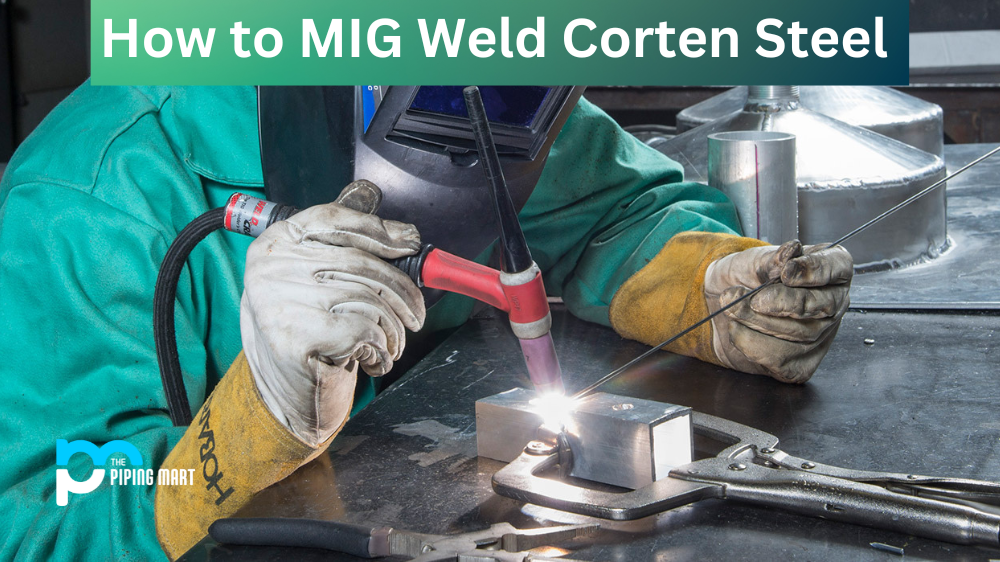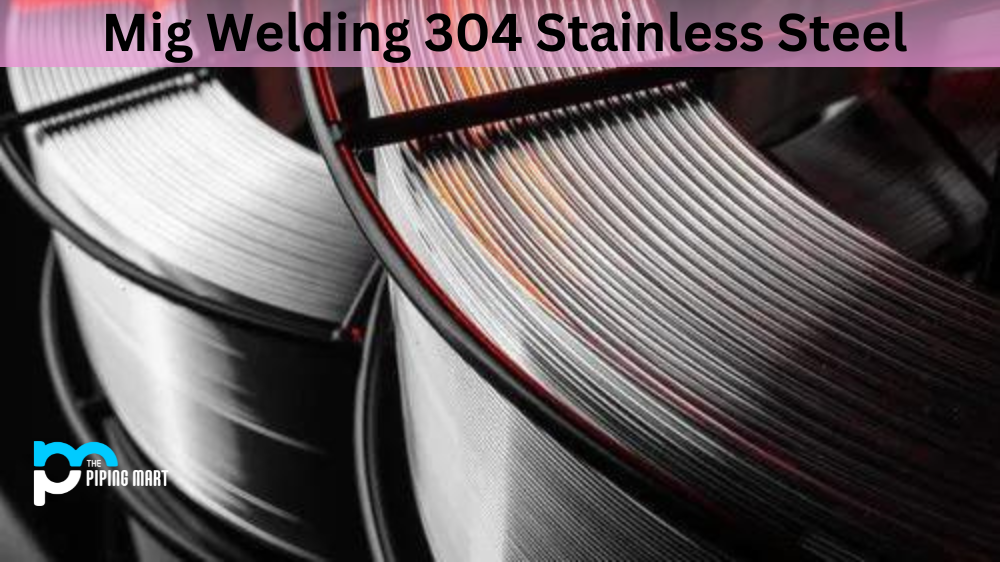Corten steel is a unique type of steel alloy that is known for its corrosion-resistant properties. It has become a popular choice for many applications, particularly those that require an attractive, durable finish. To ensure your welding project is successful, you need to know how to MIG weld corten steel correctly. Here are some tips for getting started.
Using the Right Equipment
When it comes to MIG welding corten steel, you need to make sure you have the right equipment. A standard MIG welder won’t be powerful enough to penetrate the thick layers of corten steel, so you’ll need one that produces at least 200 amps or more. You should also choose an argon-based shielding gas, as this will help prevent oxidization and provide a better weld quality. Additionally, it’s important to use solid wire rather than flux because it’s less likely to clog up during the welding process.
Prepping the Metal
Before starting your weld, it’s essential that you prepare the metal correctly. This includes cleaning the surface with a degreaser and then grinding down any areas where rust or oxidation has occurred. This will help ensure that there are no impurities present in your weld, which could cause problems later on down the line. Additionally, you should use an angle grinder with a flap disc attachment to create a beveled edge on each side of the joint before beginning your weld. This will help minimize warping or cracking from occurring during cooling after welding.
Controlling Your Heat Input
Using a low heat input setting on your welder is key when welding corten steel since high temperatures can cause damage over time due to its higher melting point than other kinds of steel alloys. You’ll want to adjust your amperage accordingly—a lower amperage will mean less heat input but also less penetration into the metal, so experiment until you find what works best for your particular application. As always, when welding, make sure you’re wearing all necessary safety gear, such as gloves, face shields, and long sleeves!
Conclusion:
MIG welding corten steel can be tricky if you don’t have the right equipment or experience level — but with these tips in mind, anyone can get great results! Using proper preparation techniques such as cleaning and grinding down any rust spots beforehand will give you cleaner-looking welds in addition to preventing problems like warping or cracking during cooling afterward. Lastly, controlling your heat input by adjusting amperage settings is essential when dealing with this particular high melting point material; too much heat can cause damage over time, so make sure not to go too hot while still achieving adequate penetration into the metal! With these pointers in mind, anyone can MIG weld corten steel successfully!

Abhishek is a seasoned blogger and industry expert, sharing his insights and knowledge on various topics. With his research, Abhishek offers valuable insights and tips for professionals and enthusiasts. Follow him for expert advice on the latest trends and developments in the metal industry.




